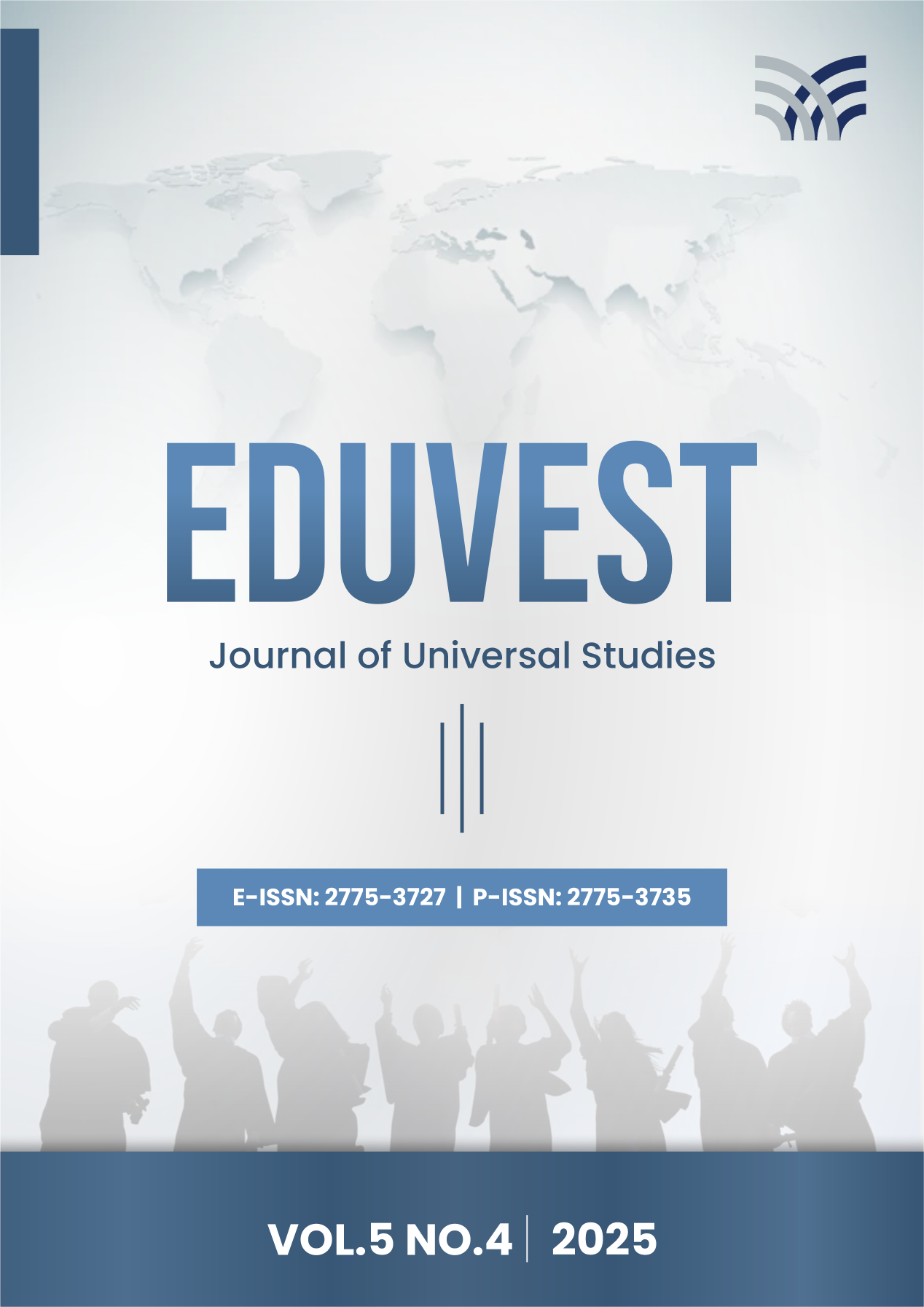Determination Analysis Of World Coal Price Fluctuations Using The Vector Error Correction Model (VECM) Method
##semicolon##
https://doi.org/10.59188/eduvest.v5i4.44777##semicolon##
Coal##common.commaListSeparator## Forecasting##common.commaListSeparator## Fluctuations##common.commaListSeparator## Commodities##common.commaListSeparator## Energies show that at 1% alphaAbstrakt
This study aims to analyze the fluctuations of global coal prices from Q1 2007 to Q4 2023 using the Vector Error Correction Model (VECM). The research focuses on identifying the factors that influence coal price movements, such as China’s GDP growth, currency exchange rates (IDR/USD, AUD/USD), and global oil and gas prices. The results of the Johansen Cointegration Test reveal that these variables exhibit long-term equilibrium relationships, while the VECM estimation helps to examine both short-term and long-term dynamics. The Granger Causality test shows that coal price movements are significantly influenced by China's GDP growth, as well as fluctuations in the IDR/USD and AUD/USD exchange rates. The Impulse Response Function (IRF) analysis indicates that coal prices respond to shocks in these predictor variables for up to 8 periods, after which the effect weakens. The findings have significant implications for stakeholders in the coal industry, offering insights into how coal prices are driven by macroeconomic factors, and providing tools for more informed decision-making regarding coal production, pricing, and investment strategies. This research also highlights the importance of understanding the broader economic and geopolitical factors that shape the coal market and offers valuable input for policy formulation and risk management in the energy sector.
##submission.downloads##
Publikované
##submission.howToCite##
Číslo
Sekcia
##submission.license##
##submission.copyrightStatement##
##submission.license.cc.by-sa4.footer##










